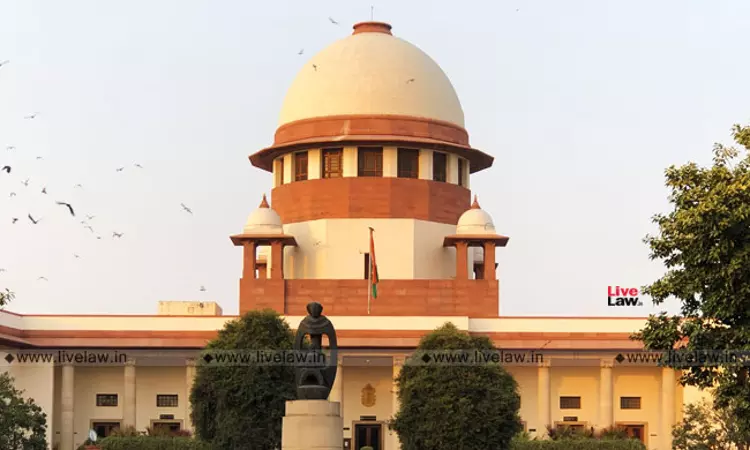Progressive On Paper, Hesitant In Practice


At a time when many nations are retreating from reproductive rights, India presents a curious contrast: a country that legalised abortion over five decades ago with minimal public protest or political controversy. Yet, what appears progressive in law often falters in practice. India’s Medical Termination of Pregnancy (MTP) Act, enacted in 1971, was ahead of its time. But in the face of today’s global debates on reproductive justice, it demands renewed scrutiny and reform.
Global Contrast: A Rights Debate Divided
In 2022, the U.S. Supreme Court overturned Roe v. Wade through the landmark decision Dobbs v. Jackson Women’s Health Organization, erasing the constitutional right to abortion and delegating authority to individual states. This move triggered bans in several conservative U.S. states and reignited fierce debates over bodily autonomy. In contrast, India’s 1971 MTP Act was conceived not as a moral or religious issue, but as a pragmatic public health intervention. It aimed to curb unsafe abortions and address population concerns. The law passed quietly—no public outcry, no religious protests. It was a clinical response to a societal need.
Where India Stands Globally
The world’s abortion laws largely fall into three categories:
- Prohibitive regimes: Countries that permit abortion only to save a woman’s life (e.g., El Salvador).
- Conditional access: Nations like India, where abortion is allowed under certain circumstances.
- Rights-based models: Countries such as Canada and Australia, where abortion is available on request within specific gestational limits.
While India’s law is progressive compared to many nations in Asia and Africa, it stops short of recognising abortion as a woman’s unconditional right. Instead, it permits termination only under specified conditions—mostly dependent on medical or legal approval.
The Legal Framework: MTP and Its Amendments
The original MTP Act (1971) allowed abortions up to 20 weeks for specific reasons:
- Risk to the life or health of the woman,
- Foetal abnormalities,
- Pregnancy resulting from rape or contraceptive failure (for married women only).
The 2021 amendment introduced several important reforms:
- Extended the gestational limit to 24 weeks for certain categories (minors, rape survivors, women with disabilities),
- Included unmarried women under the contraceptive failure clause,
- Instituted Medical Boards to assess abortions beyond 24 weeks,
- Strengthened confidentiality protections for the woman.
Despite these updates, the core structure remains paternalistic: abortion is a medical exemption, not a reproductive right.
Courtroom Conundrums: Autonomy vs. Medical Opinion
Judicial decisions over the years have revealed the tensions within the law. In Suchita Srivastava v. Chandigarh Administration (2009), the Supreme Court upheld the autonomy of a mentally retarded rape survivor who wished to continue her pregnancy. The judgment was a milestone in affirming reproductive rights under Article 21 of the Constitution. Conversely, in X v. Union of India (2021), the Supreme Court, with Chief Justice D.Y. Chandrachud presiding, denied a woman’s plea to terminate a pregnancy involving foetal abnormalities. The Court deferred to medical opinion, even though the petitioner argued that the pregnancy posed psychological trauma. The case exposed how expert committees can overrule a woman’s choice, effectively disempowering her. In V. Krishnan v. G. Rajan Alias Madipu Rajan (Madras High Court, 1993), the Court allowed a 16-year-old girl to continue her pregnancy from a consensual relationship, citing her “fundamental right to have a child.” The verdict protected her autonomy—but also illustrated how courts interpret reproductive rights differently depending on context.
Access vs. Availability: The Ground Reality
India’s legal permissiveness does not always translate into real-world access:
- 78% of abortions in India happen outside formal health facilities, often through self-managed medical abortions.
- Trained providers are scarce, especially in rural areas.
- Stigma persists, particularly for unmarried women or adolescents.
Doctors may refuse services due to personal beliefs or legal uncertainty, pushing women toward unsafe methods. While the law mandates confidentiality and allows for a range of reasons for termination, many providers hesitate to perform abortions without extensive documentation—even when the law does not require it.
The Way Forward: From Law to Reproductive Justice
Legal reform must be matched by institutional readiness, public awareness, and a rights-based approach:
- Public health campaigns must educate women about their rights under the MTP Act.
- Clear, uniform medical protocols are needed to guide providers.
- The law should explicitly affirm a woman’s right to choose, up to a reasonable gestational period, without medical gatekeeping.
At its core, abortion is not just a medical decision—it is a question of liberty, privacy, and equality. India’s legal framework must evolve to reflect this.
Conclusion
India’s abortion law was visionary when it was enacted. It remains one of the more liberal frameworks in the Global South. Yet, for many women—especially the young, rural, or marginalised—access to safe abortion is still fraught with barriers, both seen and unseen. The law opened the door five decades ago. It is time now for the judiciary, healthcare system, and civil society to step through it—ensuring that reproductive autonomy is not filtered through permission, but rooted in trust and dignity.





